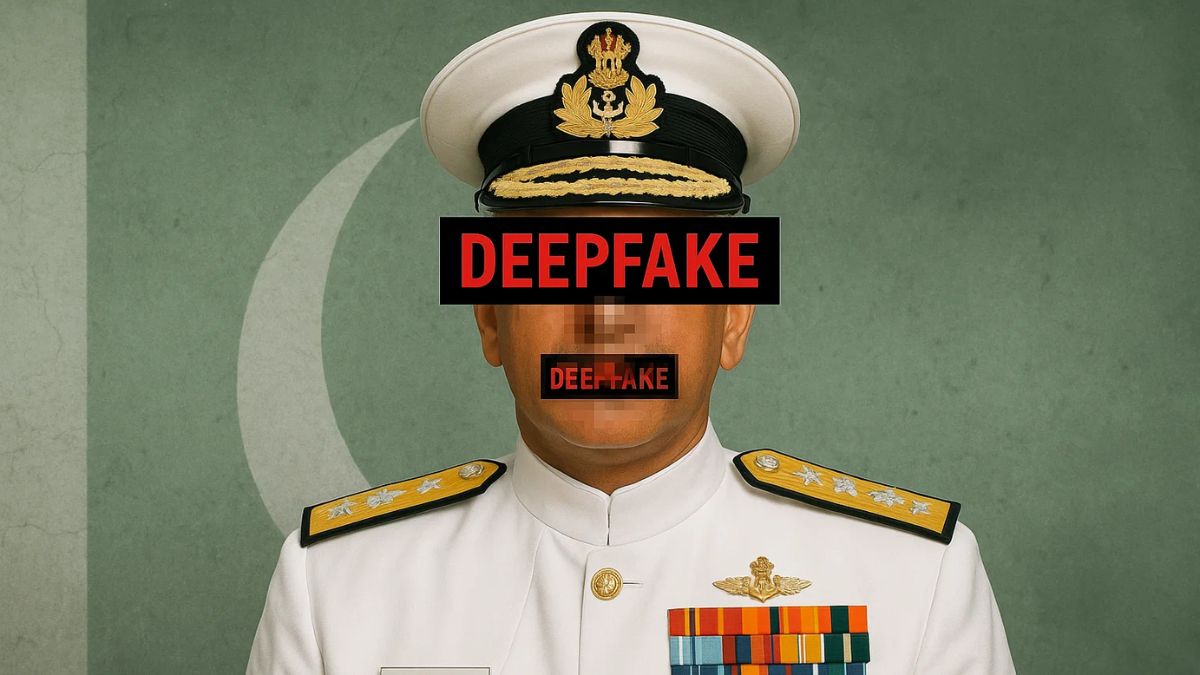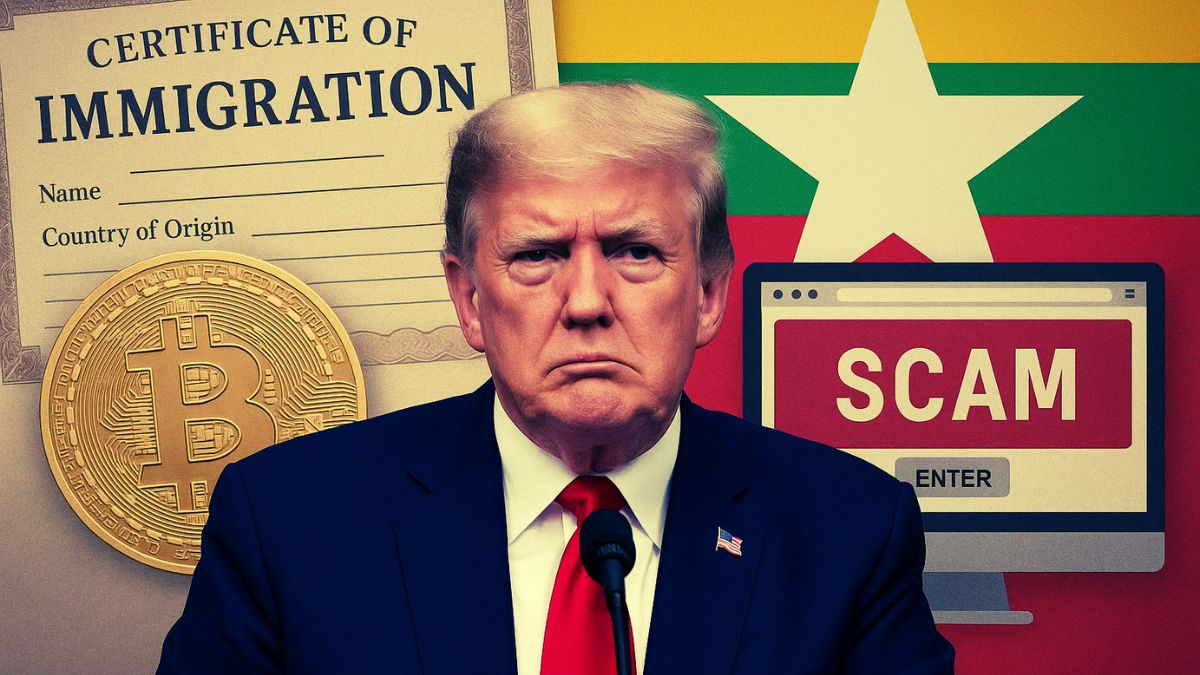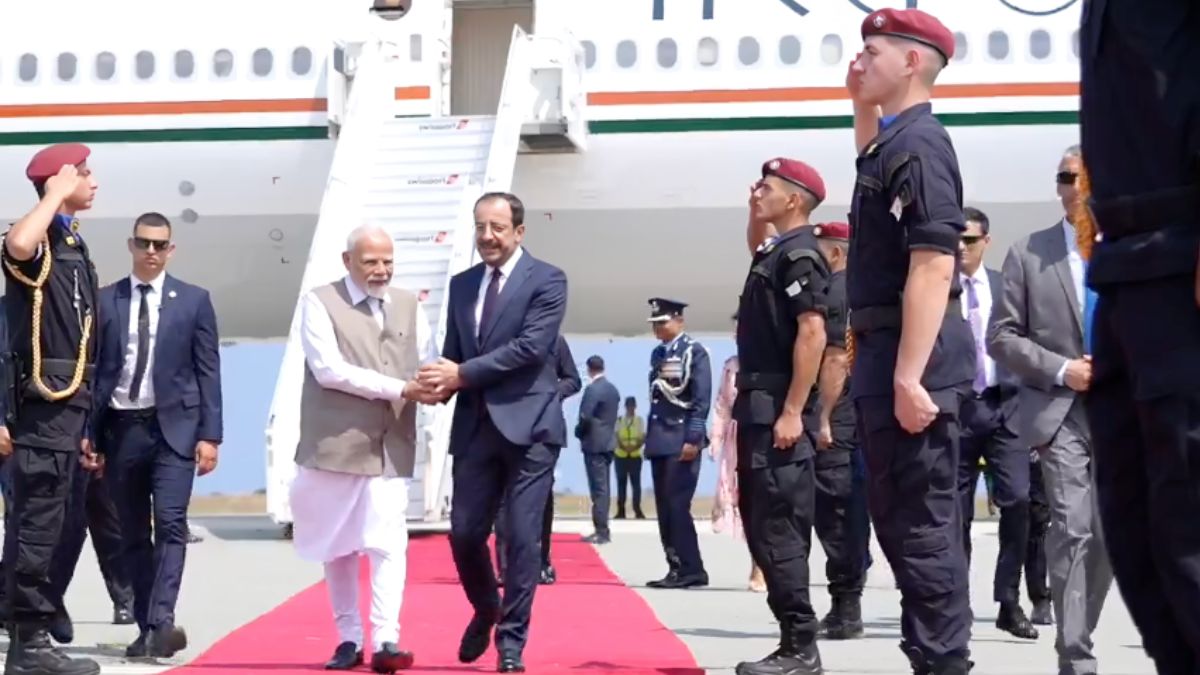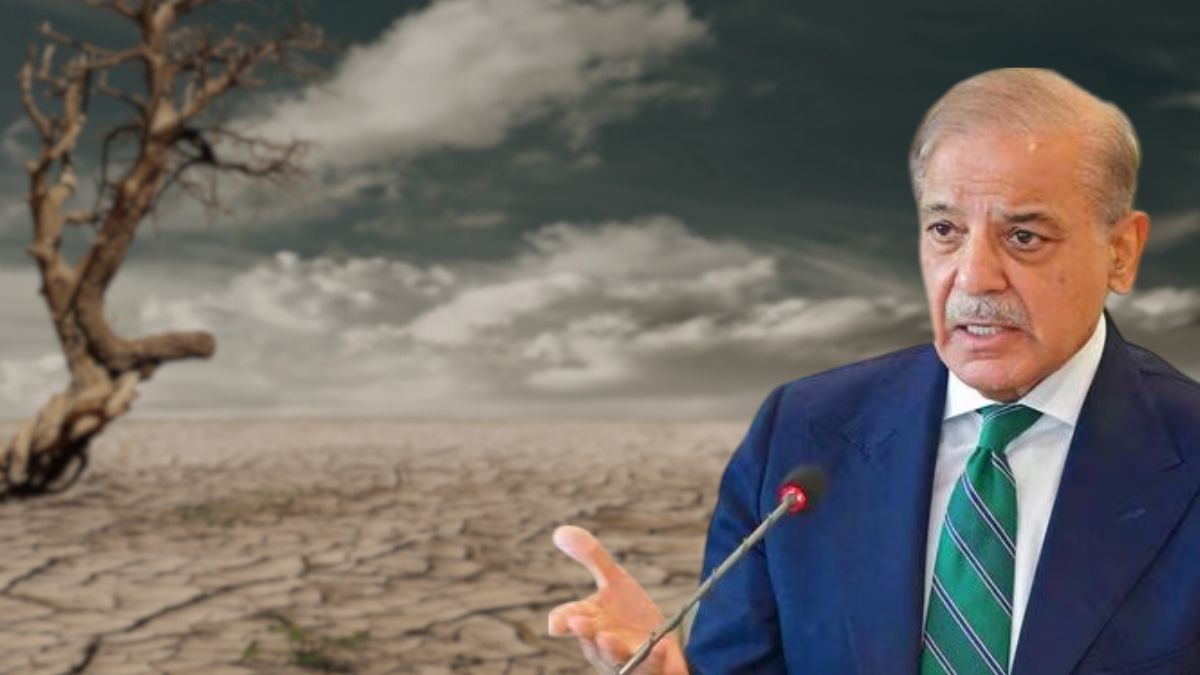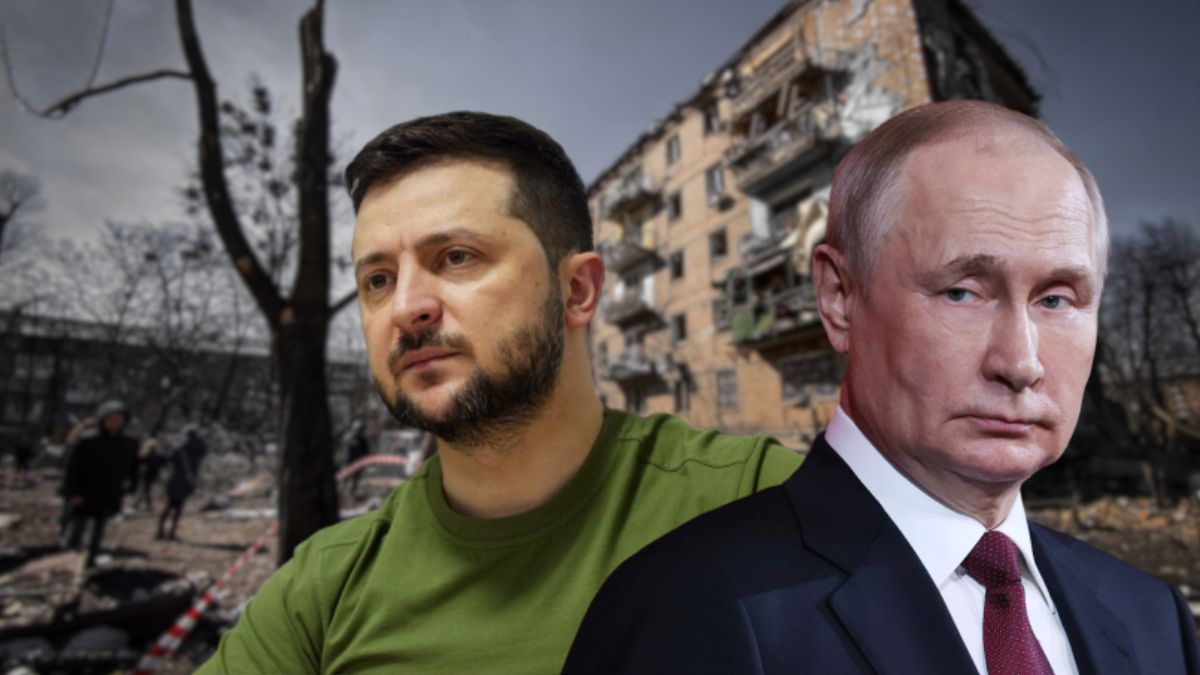Europe Steps Up US Weapons Purchases for Ukraine: What Arms Will Kyiv Get In $825 Million Deal?

Denmark, Norway and the Netherlands will potentially buy 3,350 ERAM air-launched cruise missiles for Ukraine (Image courtesy: AI pic)
Amid the ever-increasing tensions between Russia and Ukraine, the latter is soon set to get a handful of weapons in a Europe-funded deal from the US. The US State Department on Thursday (August 28) announced the sale of 3,500 extended-range cruise missiles and GPS navigation kits for Ukraine, pending Congressional approval.
The package, valued at $825 million, will be paid for by Denmark, the Netherlands and Norway, with some additional, unspecified support from the Pentagon.
As part the arms package, the missiles to be delivered are comparable in range to the British and French Storm Shadow and Scalp systems and are capable of being launched from fighter jets. There are further expected to bolster Ukraine’s capacity to strike deep into Russian-held territory.
What weapons will Ukraine get?
The Government of Ukraine has requested to buy up to 3,350 Extended Range Attack Munition (ERAM) missiles and 3,350 Embedded Global Positioning System (GPS)/Inertial Navigation Systems (INS) (EGI) with Selective Availability Anti-Spoofing Module (SAASM), Y-Code, or M-Code.
The following non-MDE items will be included: missile containers; stoker pylons; component parts and support equipment; spare parts, consumables and accessories, and repair and return support; weapons software and support equipment; mission planning system hardware; classified software delivery and support; classified and unclassified publications and technical documentation; among others.
Why is this purchase significant?
The deal marks one of the first European-funded purchases of American weapons for Ukraine since President Donald Trump struck an agreement with NATO allies to assume responsibility for financing future supplies. During President Biden’s tenure, the US directly provided about $67 billion in military and other aid. Trump, who has long been skeptical about Washington’s direct involvement in the conflict, has steered European allies to shoulder the costs.
How are European allies responding?
The Netherlands, Denmark, Norway and Sweden have already pledged around $1 billion collectively for American-made weapons, including munitions and equipment. Belgium is preparing to dispatch its first F-16 fighter jets, which will be compatible with the new US-made missiles.
Germany, on the other hand, has promised 2 additional Patriot air defense systems, and in return will get priority access to buy new systems from the US, each costing about $1 billion and requiring years to manufacture.
Earlier this month, Dutch Defence Minister Ruben Brekelmans said that by supporting Ukraine with determination, “we are increasing the pressure on Russia to negotiate.” He called the Russian air strikes “pure terror” and warned that Moscow’s advance into Ukrainian territory could pose a broader threat to Europe.
“Ukraine is not only fighting for its own security, but also for our security,” Swedish Defence Minister Pal Jonson told a press conference to announce the Scandinavian initiative. Sweden will give $275 million towards the total.
What does this weapons package mean for Ukraine’s military?
Military experts caution that while the new cruise missiles will strengthen Ukraine’s arsenal, they are unlikely to fundamentally alter the battlefield balance. “It’s not a game changer for Ukraine’s Air Force, but it might signal that there’s a productive conversation between Europeans and the Trump administration,” said Rafael Loss of the European Council on Foreign Relations.
Ukrainian President Volodymyr Zelensky has welcomed the European-led initiative, urging that talks on long-term Western security guarantees for Ukraine move from working groups to discussions between heads of state.
How has Trump shifted US policy?
Since taking office, Trump has paused and restarted the flow of US weapons several times, even as Biden-era aid commitments continued to trickle through. In July, Trump acknowledged Ukraine’s need for additional military support but refrained from committing specific sums.
He instead unveiled the NATO-brokered arrangement for Europeans to finance American arms purchases on Ukraine’s behalf.
Worth noting here is that the US President has been trying hard to position himself as a broker for peace, holding high-profile meetings this month with Russian President Vladimir Putin in Alaska and, separately, with Zelensky and European leaders in Washington. But negotiations remain stalled.

